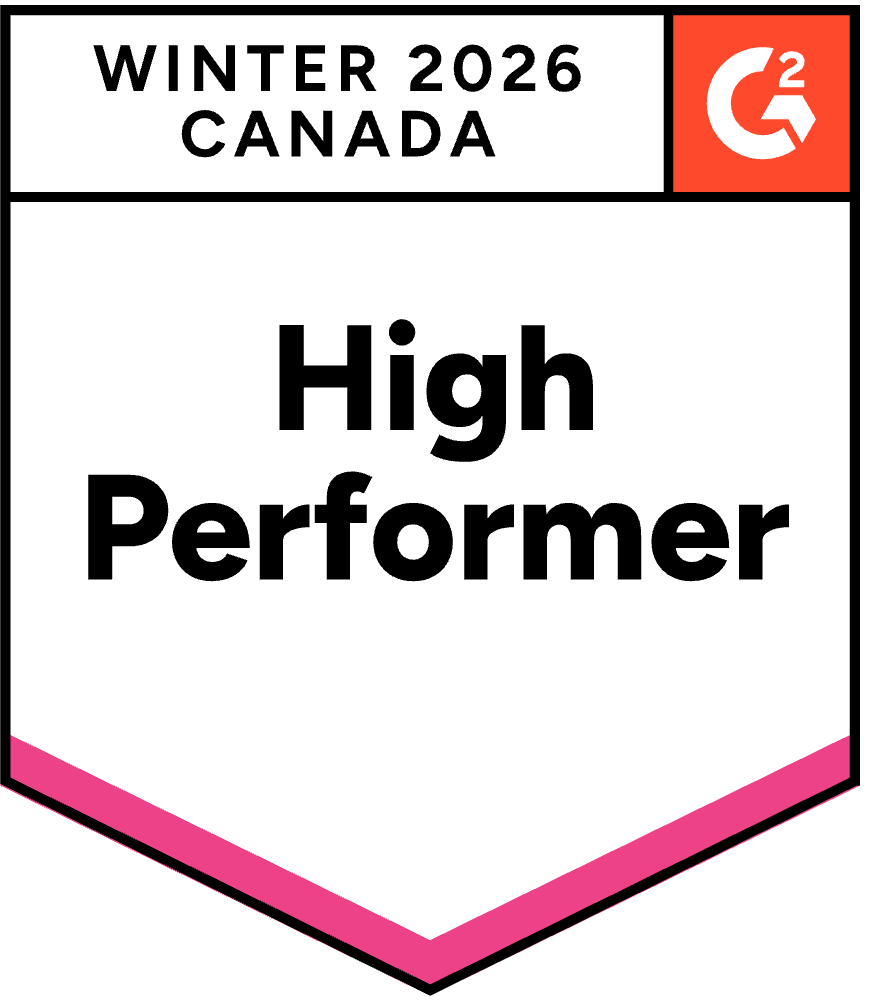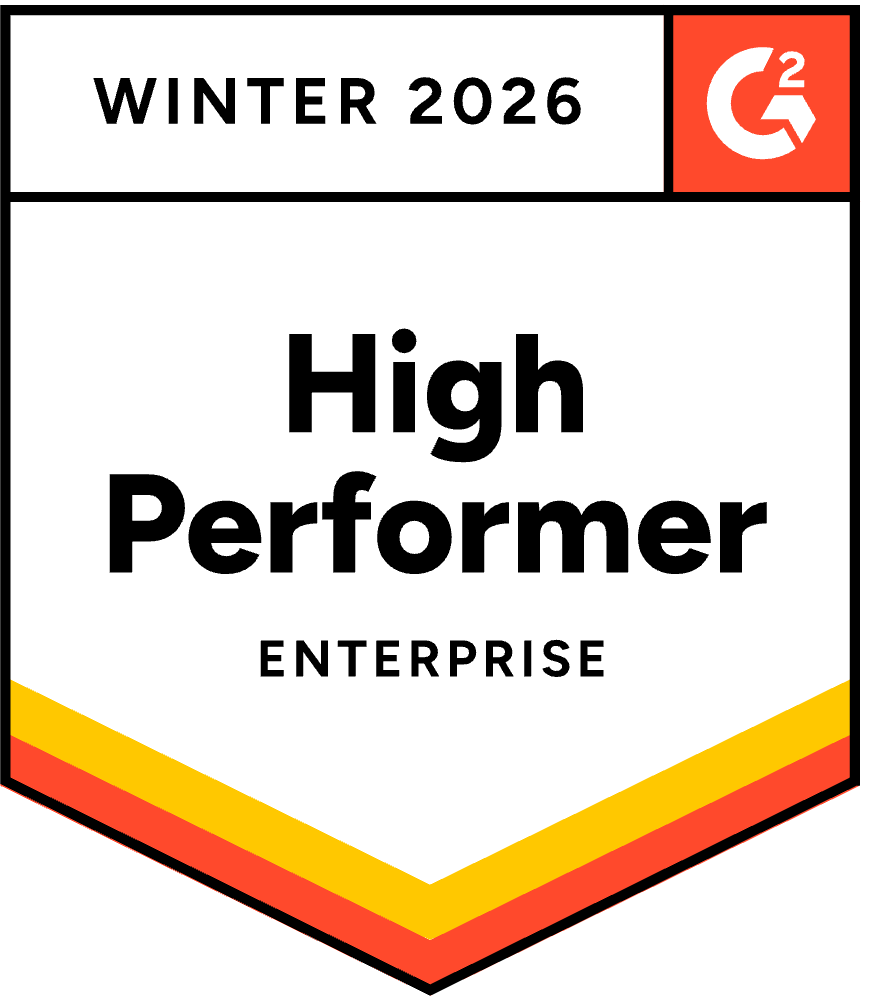For contact centers, ROI – return on investment - isn’t just a financial metric; it’s a performance indicator of how well your contact center is contributing to both the bottom line and the customer experience.
The good news? Driving ROI doesn’t mean compromising service quality. In fact, the most effective ways to improve ROI often come from enhancing customer satisfaction, agent performance, and operational efficiency—all of which are interconnected.
This blog explores three high-impact strategies that help contact centers deliver measurable ROI:
- Leveraging Voice of the Customer (VoC) data to uncover opportunities.
- Optimizing agent performance through targeted QA and coaching.
- Investing in technology that amplifies human performance.
Let’s start with one of the most underutilized yet powerful sources of ROI insight: the voice of your customer.
1. Leverage Voice of the Customer (VoC) Data to Identify ROI Opportunities
Every contact center interaction generates valuable data, but not all data is created equal. When it comes to boosting ROI, Voice of the Customer (VoC) data—especially insights captured through post-call surveys—provides a direct line to what truly matters: the customer’s perspective. It’s more than just a feedback tool; it’s a strategic asset that can highlight cost-saving opportunities and performance gaps that would otherwise go unnoticed.
Use VoC to Pinpoint High-Impact Improvements
VoC data helps identify where your contact center is excelling and where it's falling short. For example, if customers consistently report unresolved issues or the need to call multiple times to resolve a single problem, that’s a red flag for low First Call Resolution (FCR)—a metric SQM Group research has shown to be one of the strongest predictors of both customer satisfaction and cost efficiency.
By analyzing VoC data tied to FCR and Customer Satisfaction (CSAT), you can pinpoint specific issues—such as long wait times, confusing processes, or agent knowledge gaps—that are driving repeat contacts and eroding both the customer experience and your operational efficiency.

Close the Loop Between Feedback and Action
One of the biggest mistakes contact centers make is collecting feedback without acting on it. The real value of VoC lies in turning insight into action. For example, if survey responses reveal that customers frequently call back about billing questions, you can trace those calls to particular scripts, training materials, or self-service tools that need refinement.
Taking action based on VoC doesn’t just improve the customer journey—it improves ROI by:
- Reducing repeat contacts, which lowers overall call volume and cost per interaction.
- Improving agent training, leading to fewer escalations and faster resolutions.
- Increasing customer loyalty, which drives higher retention and long-term revenue.

The ROI Impact
Improving FCR doesn’t just make customers happier—it directly reduces the number of calls your center has to handle. SQM’s research shows that for every 1% improvement in FCR, contact centers can reduce operating costs by 1%. That means fewer resources spent on repeat calls, more efficient agent time usage, and higher customer retention—all of which contribute to a stronger bottom line.
2. Optimize Agent Performance with Targeted Coaching and QA
Contact centers thrive—or struggle—based on the performance of their frontline agents. While quality assurance (QA) programs have long been used to monitor interactions and ensure consistency, the real ROI comes when QA evolves from a compliance tool into a performance development strategy.
Targeted coaching, informed by real-time data and customer feedback, not only improves agent behavior but also boosts morale, reduces turnover, and creates a culture of continuous improvement. When done right, it becomes one of the most powerful ROI levers available.
Move Beyond Traditional QA
Traditional QA programs often rely on randomly selected calls, generic scorecards, and delayed feedback. This reactive approach limits the impact on agent performance and fails to link QA results to key business outcomes like First Call Resolution (FCR), Customer Satisfaction (CSAT), and Net Promoter Score (NPS).
In contrast, modern QA strategies are:
- Targeted: Focused on high-priority interactions (e.g., escalations, failed FCR).
- Outcome-driven: Connected to VoC data to understand the "why" behind performance gaps.
- Actionable: Designed to give agents clear, specific guidance they can implement quickly.
SQM's Post-Call CSAT Prediction QA Model leverages advanced techniques to predict CSAT and determine customer sentiment. By analyzing various data points from customer interactions, the model predicts how customers are likely to rate their experience based on objective call center metrics and subjective behavioral patterns observed during the call.
Beyond its predictive capabilities, SQM's Post-Call CSAT Prediction QA Model empowers call centers to improve their quality assurance processes. By identifying areas where agents may need additional coaching or training, the model provides actionable insights that help teams optimize performance. The model uncovers relationships between key performance indicators (KPIs) and CSAT through regression analysis, ensuring that agents' performance aligns with customer expectations.
SQM's Post-Call CSAT Prediction QA Model is a feature in our mySQM™ QA & CX analytics tool, which G2 has ranked as the #1 tool for user CSAT for auto QA solution.
4.6




 Stars on G2 for mySQM™ Auto QA Tool Reviews
Stars on G2 for mySQM™ Auto QA Tool Reviews












Deliver Personalized Coaching at Scale
By integrating VoC feedback with QA evaluations, supervisors can identify exactly where individual agents need support—whether it’s active listening, empathy, product knowledge, or procedural adherence. Personalized coaching sessions that focus on behaviors tied to customer satisfaction and FCR result in faster skill development and better outcomes.
Plus, when agents see that feedback is fair, consistent, and rooted in customer impact, they’re more likely to engage with it. This fosters a coaching culture where feedback is welcomed, not feared.

Boost Employee Engagement and Retention
High turnover is a costly problem in many contact centers, and much of it stems from a lack of support and career development. Agents who receive regular, meaningful coaching are more confident in their roles and more likely to stay. Reducing turnover by even a few percentage points can save tens of thousands of dollars per year in hiring and training costs alone.
The ROI Impact
Improved performance = fewer repeat calls and shorter handle times.
Engaged agents = lower turnover, saving on recruitment and training.
Better experiences = higher customer loyalty and revenue retention.
Simply put, optimizing agent performance through data-driven coaching improves the two most important outcomes for contact centers: customer satisfaction and cost efficiency.

3. Invest in Smart Technology That Supports Human Performance
Technology is often seen as the silver bullet for contact center efficiency—but not all tech investments generate real ROI. The most effective solutions don’t replace humans; they amplify human performance. When strategically implemented, smart technologies help agents work faster, smarter, and more accurately, while giving managers deeper insights to improve decision-making.
The key is investing in tools that enhance—not just automate—your contact center operations.
Focus on Enablement, Not Just Automation
While automation has a place in reducing manual tasks, the biggest ROI gains often come from tools that empower agents and supervisors. These include:
- AI-powered real-time assistance: Tools that guide agents during calls with suggested responses, knowledge articles, or prompts based on conversation analysis.
- Automated quality assurance: Technology that evaluates 100% of interactions, rather than a small random sample, allowing QA teams to focus on coaching instead of scoring.
- Speech and text analytics: Systems that analyze interactions at scale to identify patterns in sentiment, compliance risks, and agent behavior.
When integrated with VoC and performance data, these technologies become powerful enablers of continuous improvement.

Drive Smarter, Data-Informed Decisions
Many contact centers are rich in data but poor in insight. Smart technology bridges that gap by surfacing trends that humans might miss. For example, call analytics can reveal that a spike in handle time is related to a confusing policy update, or that customers using a certain channel have lower FCR.
When leadership can quickly understand what’s driving performance—good or bad—they can make more agile, informed decisions that reduce costs and improve service.
Ensure Proper Implementation and Adoption
Even the most advanced technology won’t deliver ROI if it’s poorly implemented or underused. To maximize value:
- Align tools with business goals like improving FCR, CSAT, or reducing call volume.
- Provide comprehensive training for both agents and supervisors.
- Regularly review usage data and outcomes to optimize effectiveness.

The ROI Impact
Technology that increases agent efficiency = reduced AHT and cost per call.
Automated QA = broader insights + more time for coaching.
Better data = smarter decisions = faster improvements.
The right tech investment acts as a force multiplier, making your people more effective and your operations more efficient—two ingredients critical to maximizing ROI.
